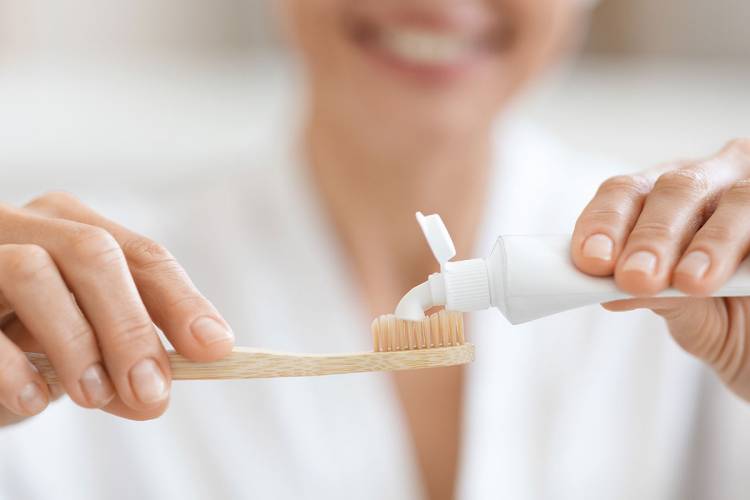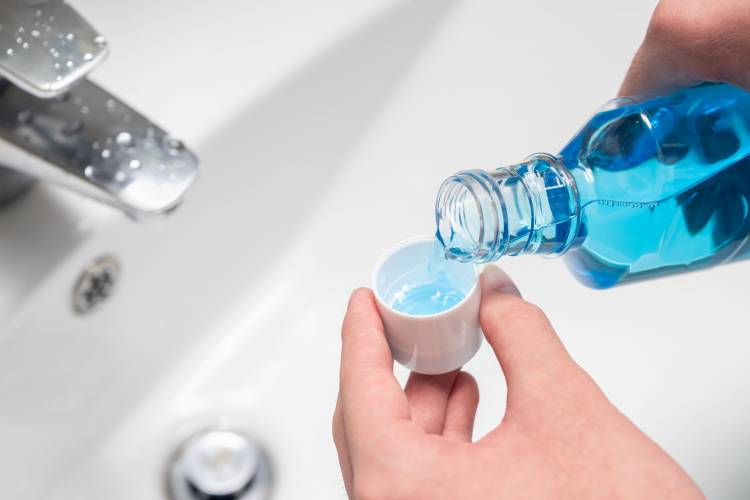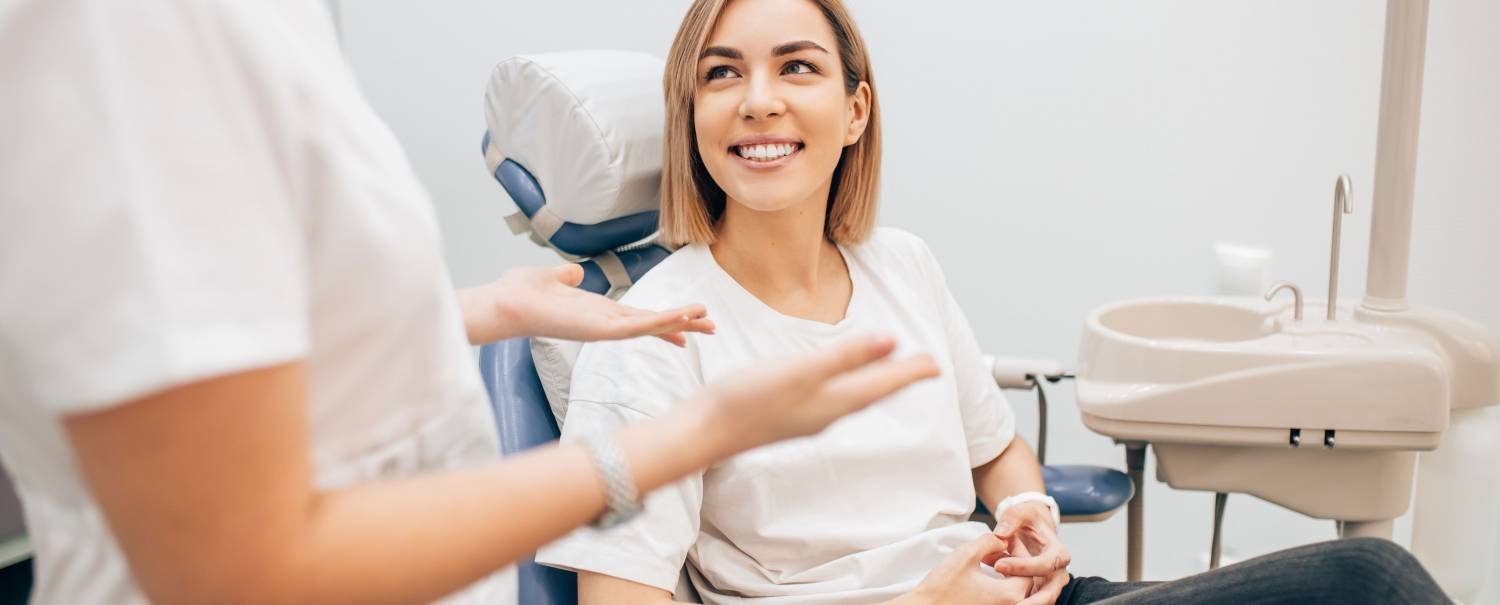Dental hygiene: essential products
For proper dental hygiene you need to include a range of essential products in your daily routine. We’ll show you how!
TRIED AND TESTED
Share

From the time the first teeth appear as children’s milk teeth, we try to encourage proper dental hygiene in our children and make them understand the need to brush their teeth every day. But… are we really aware of the importance of oral hygiene for our health? Below, we tell you what this consists of and which products should not be missing from your daily routine.
What is dental hygiene?
We define dental hygiene as the care you take of your teeth by cleaning them correctly and the preservation of the teeth and enamel.
We often make the mistake of thinking that our dental care ends with correct cleaning or dental hygiene, but this is not the case. Dental hygiene or oral hygiene encompasses the care and cleaning of teeth, gums, tongue and cheeks. Proper dental or oral hygiene implies having clean teeth, clean gums without inflammation and a pleasant breath. How can you achieve this? We’ll tell you how below.
The importance of dental and oral hygiene
Healthy teeth and gums don’t just provide us with a suitably healthy appearance. They also help us to ingest all our food and to talk properly. Take note of the essential products for creating a suitable oral-dental cleaning routine and how to carry this out step-by-step.
Essential products for proper oral-dental hygiene
- Toothpaste: along with the toothbrush, the dentifrice or toothpaste is used for cleaning your teeth. This type of paste usually contains fluoride, clay a little quartz and calcite, although its ingredients vary depending on your needs. Today, you can find different types of toothpastes specifically for:
- For children: traditional or electric.
- For adults: electric, for orthodontics, with soft filaments, with medium filaments, with hard filaments, for sensitive gums and teeth… and even travel toothbrushes!

- Interdental brush: this is a very small toothbrush that is used to clean the interproximal spaces, which are more susceptible to the accumulation and development of bacterial plaque.
- Dental floss: this is a set of very fine nylon, plastic or cotton filaments that are used to clean the interdental spaces and for removing remains of food and plaque.
- Mouth rinse: this is a formulated liquid solution for rinsing around the teeth, gums and tongue which will help to promote oral hygiene, reduce oral discomfort, hydrate tissues and get rid of bad breath. Various types of mouthwash are available today:
- Aesthetic: recommended for getting rid of bad breath or for whitening teeth.
- Antiseptic: help to control the bacteria that accumulate in the mouth and between the teeth. Normally they are recommended for dealing with or controlling gum disease, and for this reason, some contain chlorhexidine gluconate.
- Fluoride: help to protect and prevent the appearance of caries, particularly during childhood and adolescence.
Proper dental and oral hygiene step-by-step
1. Clean the teeth after every meal: for two to three minutes using toothpaste, and using a mouthwash at least twice a day.
2. Use dental floss or interdental brushes: both dental floss and interdental brushes help to clean those areas of the teeth that cannot be reached by your toothbrush.
3. Have a healthy diet with foods rich in vitamins A and C: the high level of nutrients in foods, such as fish, citrus fruits and vegetables, help you to maintain healthy gums for longer and to prevent diseases like gingivitis or periodontitis. When maintaining good oral hygiene, you also need to be aware that foods like chocolate and red wine will stain the tooth enamel, so it is best not to overindulge on them.

4. Remove tobacco from your routine: apart from being detrimental to healing and damaging the gums, cigarettes, cigars and some vaporisers encourage the proliferation of bacteria, and through this, many gum diseases such as periodontitis and gingivitis. The majority of oral and dental diseases originate from the accumulation of different types of waste and bacteria between the teeth and gums. Because of this, in order to get rid of these harmful substances it is important to make use of an appropriate oral and dental routine from childhood.
5. Visit the dentist: at least every six months so that they can carry out a dental deep clean and ensure that everything is well.






